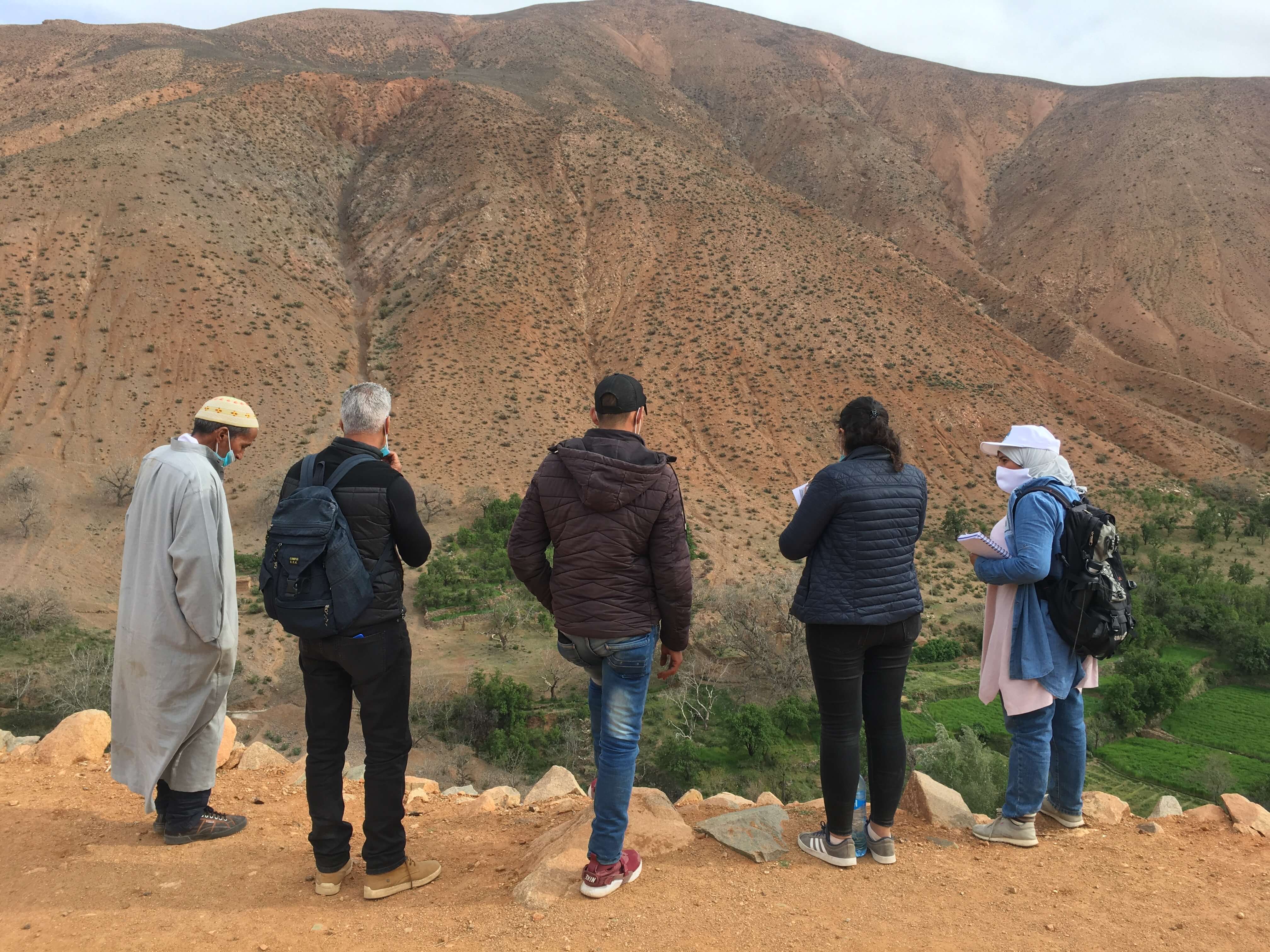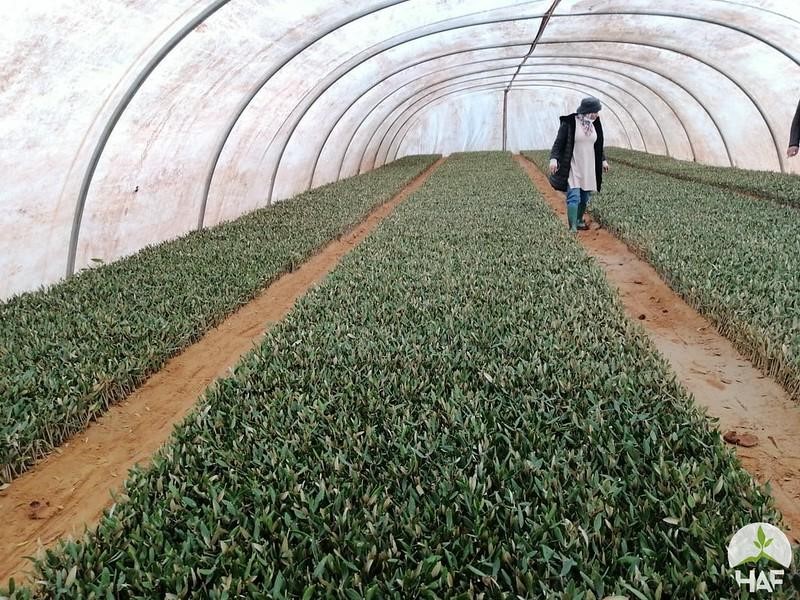With a value of $299 billion, the trade of carbon credits has become one of the fastest growing markets globally. But with growth comes complexity and a global challenge. In working with the market’s many requirements, rules, and standards, I learned quickly that both simplicity and partnership are urgently needed to stabilize the market and to ensure a generation of socially responsible and sustainable carbon credits.
To comprehend the larger market of credit trading, understanding two main systems is crucial. First, there is the compliance market where companies buy carbon credits issued and sold by their governments. And second, there is the voluntary market where companies can buy credits from sustainable projects worldwide. Regulations that require organizations to buy in the compliance market, as well as the price per ton of carbon, depend entirely on national laws and jurisdiction.
In essence, carbon credits are sold on two codependent markets, where both supply and demand are regulated by national governments. In the European Union, for example, companies in the energy and aviation sector are required to buy compliance credits. But in all other sectors, companies can choose to offset their emissions on the voluntary market. The carbon market currently conjoins several dozen independent systems with a large set of requirements and laws. This complexity poses a global challenge, demanding international solutions.
Reimagining small-scale carbon
The issuance of voluntary credits has become time intensive and more expensive, which leaves smaller NGOs at a great disadvantage. The project requirements are set by certifiers or standards that seem largely unaware of the challenges involved in tree planting. Consequently, most certifiers complicate the process of selling credits rather than facilitating the sequestration of CO2.
It was when I began working with the High Atlas Foundation that I saw first-hand how voluntary credits can successfully fuel sustainable development. The revenue generated by carbon credit sales, for example, was invested into the planting of trees with rural Moroccan women, which in turn produced new carbon credits. This simple cycle sequesters carbon through the empowerment of women. It is an approach built entirely on the participation of local communities by planting custom-made, site-specific forest systems. This process succeeds thanks to the involvement of the people in identifying simple, personalized solutions.
Small-scale community projects can solve global problems. But, surprisingly, while the international community understands the importance of small but scalable solutions, certifiers for voluntary carbon credits still favour large-scale projects with only few requirements for social standards. A simple system with just one set of international rules and local participation at its core could help break down the long and expensive path to certify carbon credits.
At the High Atlas Foundation, we aspire to partner with tree-planting organizations worldwide. We imagine a future where voluntary credit producers define the price per ton of carbon and where requirements are crafted in partnership with certifiers.
Shifting tides in a challenged market
In the midst of crafting a more socially inclusive offset system, however, the voluntary carbon market took a great hit. When the Clean Development Mechanism expired in December 2020, the market’s crucial foundation vanished into thin air. The 26th United Nations Climate Change Conference could have built a transitional framework unifying or aligning all global emissions trading systems, but due to the COVID-19 pandemic, the conference was postponed. Until the next conference in November 2021, credit producers, certifiers, and offsetting companies are forced to work within the framework of an outdated, expired system that is left afloat in a chaotic sea of proposed future markets.
While most national compliance markets remain intact, global cooperation has decreased, leaving devastating effects on the voluntary carbon system. Due to the lack of certainty in the voluntary market, emitting companies prefer to purchase credits from their governments, which in turn prevents many billions of dollars from reaching planting sites with propensity for socioeconomic development in low-income communities. Thus, instead of building one unified, simple mechanism, the COVID-19 pandemic has nurtured a vast multiplicity of national compliance systems, destabilizing the international voluntary credit market.
But really, the solution is simple – a unified standard for carbon credits and realistic prices per ton of carbon. How? By engaging people with the carbon market.
I believe that by November 2021, when the United Nations establishes a new market for carbon credits, we must adopt a simple system built on partnership and participation. Only with a simple and transparent market can carbon credits become part of the global solution to climate change — a solution that we at the High Atlas Foundation put into action.
Finn Grundmann is an in-house Environmental Consultant for the High Atlas Foundation.





